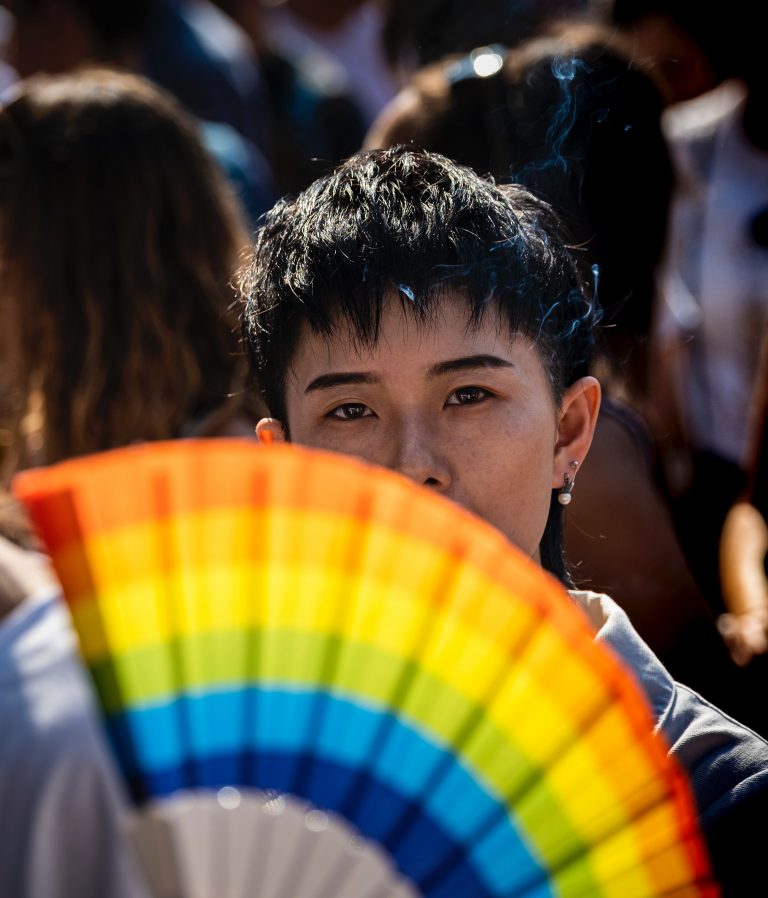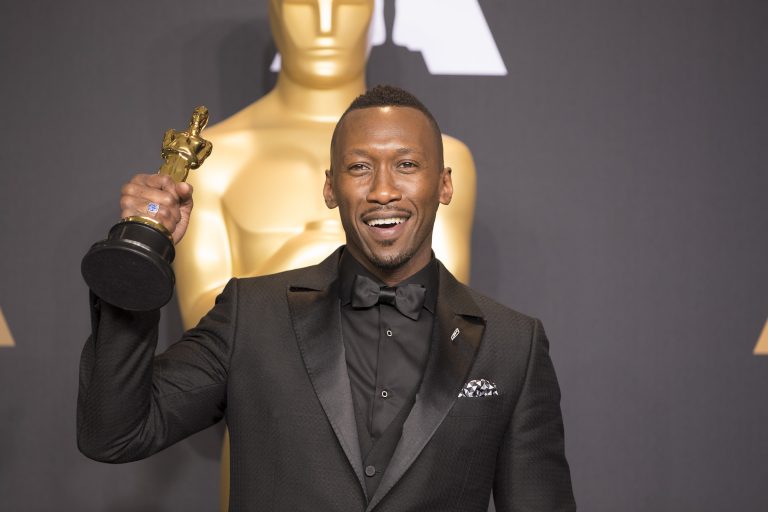What Is Asexuality?: A Guide to the Invisible Identity
What is asexuality? Of the LGBT+ identities, asexuality is one of the lesser-known and under-discussed sexual identities. Asexuality, sometimes referred to as the “invisible identity,” often goes unnoticed in society. Despite being a legitimate sexual orientation, which according to the 2020 Ace Community Survey and the membership of The Asexual Visibility and Education Network (AVEN) around 14,000 to over 150,000 people experience, society often dismisses asexuality as an identity.
Both heteronormative society and the LGBT+ community question asexuality because society highly values sexual attraction, considers it a societal norm on par with “eating and sleeping,” and believes it to be a part of finding fulfillment in one’s life. Therefore, it is important to shed light on the asexual community not only to validate the asexual experience, but also the unique difficulties they face.
What Is Asexuality?
AVEN defines asexuality as, “Someone who does not experience sexual attraction or an intrinsic desire to have sexual relationships.” However, asexuality is a spectrum, which means various forms of asexual experiences fall under the umbrella term of asexuality. Some asexuals are aromantic and feel little to no romantic attraction for others in addition to experiencing little to no sexual attraction. Some are demisexual and engage in sex only after forming emotional bonds with another person. While others are gray-asexuals and identify “between asexuality and sexuality.”
These are only a few of the identities that fall under the scope of asexuality. Each person is unique in their identification of asexuality, but all are valid whether or not they engage in romantic or sexual relationships. The label of asexual helps express their feelings and bring visibility to their experiences.
How Is Asexuality Misunderstood?
The Human Rights Campaign (HRC) further specifies that asexual individuals “may experience no, little or conditional sexual attraction.” This does not mean that asexuals do not engage in sex. Some asexuals engage in sex to bond with their partner, to have children, for pleasure, and other reasons.
Nor does this mean that asexuals are incapable of romantic attraction. Asexuality is understood through the “split attraction model,” which differentiates and separates romantic attraction from sexual attraction. Romantic attraction refers to having romantic feelings toward others. While sexual attraction refers to the desire to have sex with others.
What Difficulties Do Asexuals Face?: Invalidation in Society
Just like other LGBT+ identities, asexuals also face stigmas and difficulties due to their identity. However, asexual people face difficulties from both inside and outside of the LGBT+ community.
Asexuals face invalidation because their identity is based upon a lack of sexual attraction and is deemed impossible by society. This is because there are no blatant external characteristics of asexuality unlike other LGBT+ identities, such as having a partner of the same sex. As David Jay, the founder of AVEN, states in an interview with New York Magazine, “we’re not being told to be ashamed of being asexual. We’re not told it’s dirty or wrong. We’re told it’s impossible,” and through this societal perspective asexuality’s existence is denied.
Additionally, some believe that asexuality is a medical disorder, that it is the same as celibacy, abstinence, or impotence. While some believe asexuality is “just a phase” and that asexual individuals’ feelings about sex will eventually change. These beliefs are because society perpetuates the idea that people cannot live fulfilling or complete lives without sex. But these are all misconceptions that further create difficulties for asexuals and pressure them to have sex or face the potential threat of “corrective rape” by those that believe they can change them. These beliefs invalidate asexuality and uphold the societal perceptions that asexuality is unnatural, not innate, and is a problem to fix.
How Does Media Portray Asexuality?
Even media insinuates that asexual identifying, implied, and interpreted characters, like Sheldon Cooper from “The Big Bang Theory,” are abnormal, or lack desirability and “normalcy” through their repeated association with characteristics such as social introversion or coldness, immaturity, and being “nerdy” or “alien” as Sarah E.S Sinwell describes in “Aliens and Asexuality: Media Representation, Queerness, and Asexual Visibility”.
More recent asexual representations like Isaac Henderson from “Heartstopper,” Jughead Jones of the “Jughead” (2015) comic series, and Todd Chavez from the Netflix series “Bojack Horseman,” display a trend toward more positive and blatant asexual representation that presents asexuality as a valid sexual orientation, an innate and natural experience to the individual, and increases its visibility in society.
How Does the LGBT+ Community Invalidate Asexuality?
Invalidation of asexuality also happens in the LGBT+ community. People question whether asexuality belongs in the LGBT+ community. Some believe that asexuality is a “straight passing” identity that is invading a community they do not belong in and that unlike other LGBT+ identities, asexuals have not faced oppression of any kind.
However, that is not true when examining previous perceptions of asexuality in the psychological field. Before 2013, the “Diagnostic and Statistical Manual of Mental Disorders, 4th Edition, Text Revision” (DSM-IV-TR) by the American Psychiatric Association (APA) contained a disorder called hypoactive sexual desire disorder (HSDD). HSDD is defined as, “persistently or recurrently deficient (or absent) sexual fantasies and desire for sexual activity”. In turn, this definition overlaps with and associates the asexual experience with the disorder. However, the publication of the updated DSM-V in 2013 specifies the self-identification of asexuality as an exception to the diagnosis of HSDD, now known as male hypoactive sexual disorder (MHSD) and female sexual interest/arousal disorder (FSIAD).
Through this pathologization by the DSM and representation as abnormal in media, asexuality has faced discrimination by society like other LGBT+ identities. Therefore, asexuality belongs in the LGBT+ community because it has faced societal oppression, but also because it challenges and deviates from heteronormative societal norms, questions what it means to find fulfillment in one’s life, and society’s obsession with sexual attraction. Asexuality like other queer identities is intrinsic to the person. It is not a choice like celibacy, nor a medical disorder, but instead it is a natural part of people.
Why Is Recognizing Asexuality Important?
Recognizing asexuality’s existence is important because of how under-discussed and unrecognized it is as a valid sexual identity in society. Recognition brings visibility not only to asexuality as a legitimate sexual orientation, but also to asexual experiences and difficulties. Visibility normalizes the experiences of those we are unfamiliar with and engenders understanding.
By understanding asexuality we can reevaluate society’s preoccupation with sex and sexual desire, begin to question if sex is necessary for fulfillment in one’s life, and in turn expand our perspectives and understanding of others to coexist and normalize experiences we are less familiar with.






